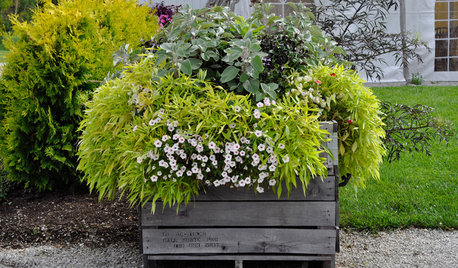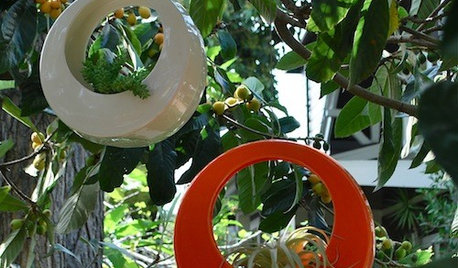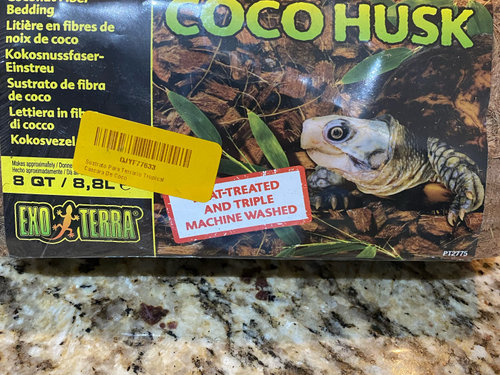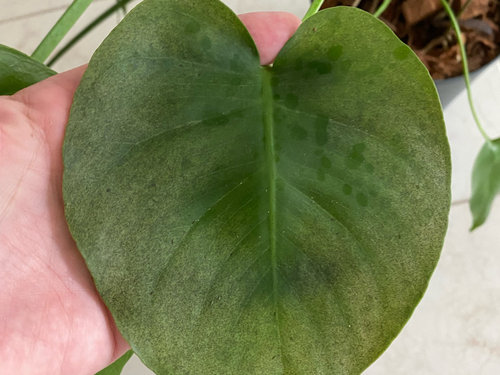Exo Terra Coco Husk as Planting Medium?
ariel7576 (Puerto Vallarta, Mex.)
2 years ago
Related Stories

SUMMER GARDENINGHow to Water and Refresh Your Potted Plants Over the Summer
Keep container gardens looking lush by cooling them down when temperatures rise and by giving them a seasonal spruce-up
Full Story
GARDENING 101This Pro Tip Will Save You Money on Your Container Garden
For large planters, use empty milk cartons or plastic bottles to fill extra space before putting in potting soil
Full Story
GARDENING AND LANDSCAPING40 Great Gifts for Gardeners
What to Get for Green-Thumb Types. It's a No-Gnome Zone.
Full Story
GARDENING AND LANDSCAPINGChoosing a Deck: Plastic or Wood?
Get the pros and cons of wood, plastic, composite and more decking materials, plus a basic price comparison
Full StoryMore Discussions










popmama (Colorado, USDA z5)
ariel7576 (Puerto Vallarta, Mex.)Original Author
Related Professionals
La Marque Landscape Architects & Landscape Designers · Walnut Landscape Architects & Landscape Designers · New Carrollton Landscape Contractors · Germantown Fence Contractors · West Chester Landscape Architects & Landscape Designers · Haverhill Landscape Contractors · Teaneck Landscape Contractors · East Norriton Landscape Contractors · Albany General Contractors · Eau Claire General Contractors · Lincoln General Contractors · Linton Hall General Contractors · Markham General Contractors · Delaware County Siding & Exteriors · Newington Siding & Exteriorstapla (mid-Michigan, USDA z5b-6a)